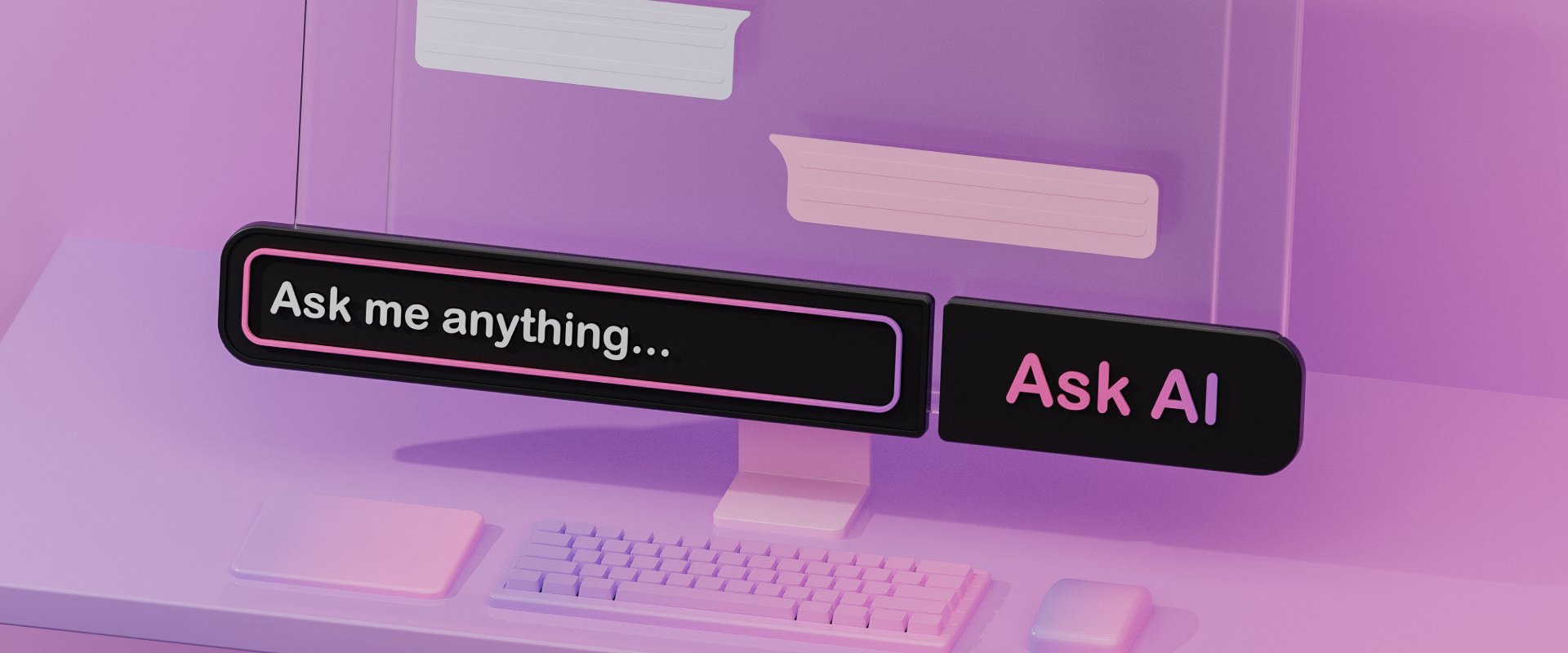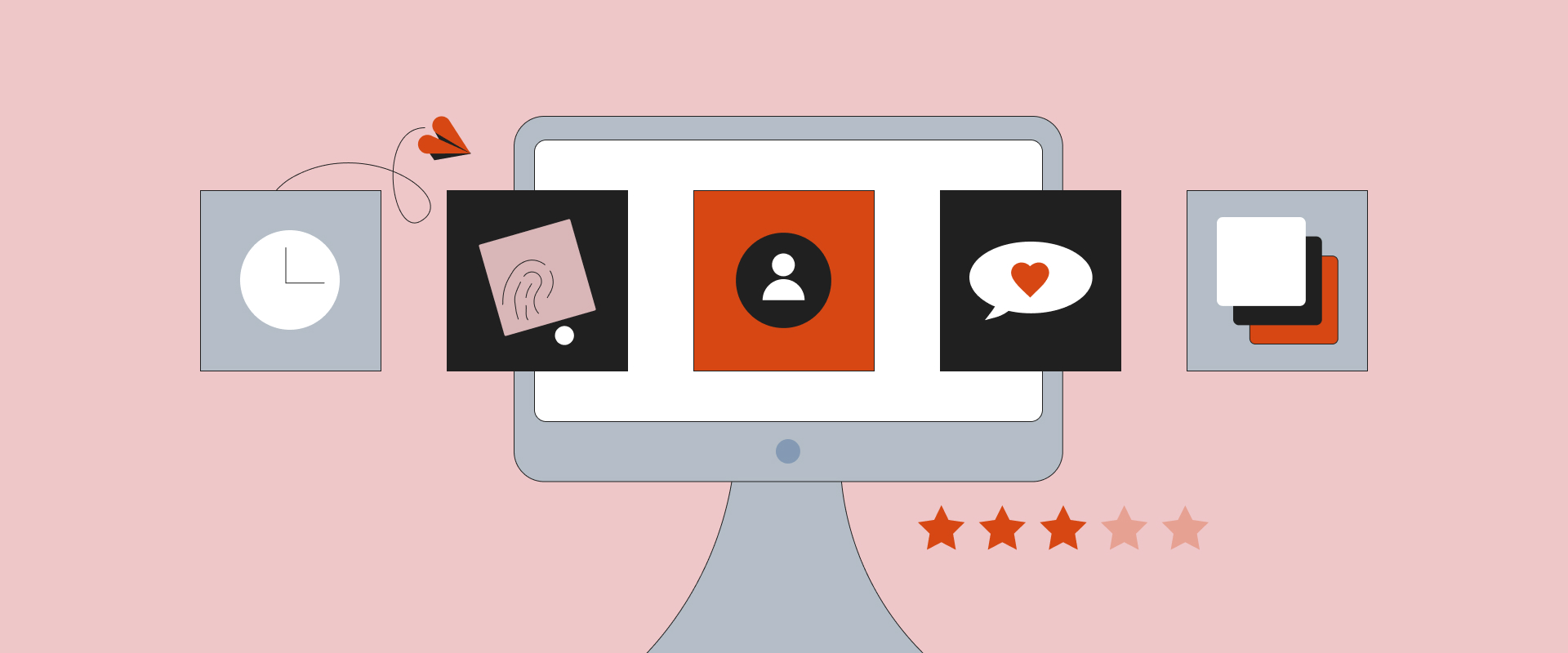The Impact of AI Technology on Design




Artificial Intelligence (AI) is rapidly integrating into our daily activities, as I’m sure you noticed. But it’s important to note that it’s affecting not just individuals but businesses and employment opportunities as well. Over the last few years, the development of AI has moved incredibly fast, and experts believe that this is only the beginning.
To show how AI is reshaping our daily routines, I’ll start with the simplest example. During a recent conversation with a colleague, he told me he was looking for a bunk bed for his twins. After a quick browse, he found a website with AI-generated bunk bed images.

This scenario highlights how AI permeates our lives, even in seemingly mundane tasks like shopping for furniture. But (there’s always a but), while the ideas were innovative, one could immediately tell that they were flawed. So, while AI holds immense promise and innovation, it remains far from perfect (yet).
If you take a look at Moore's law curve, it's as if AI has rewritten the rules – rather than doubling every two years, AI model sizes increase more than ten times annually.

What does this mean for us? Essentially, it means adapting to stay ahead or, at the very least, keep pace with the curve. Embracing new technologies and fresh ideas is crucial for thriving in tomorrow's economy – the era of the intelligence explosion is already underway.
In the words of AI theorist, Roger Schank:
The AI revolution is doing to white-collar jobs what robotics did to blue-collar jobs.
I don't know about you, but lately, it feels like we’ve gone back to the early days of computing with command-line interfaces. However, today's version is far more sophisticated; we engage in conversations with our computers using everyday language, and we even receive responses.
Even though AI has been present for some time – consider Netflix's personalized movie covers or Spotify's yearly recaps – with large language models (LLMs), it has risen to an entirely new level. These models don’t just follow commands anymore; instead, they use advanced algorithms to train large corpus of text to understand meaning and intention. Still, text-based, prompt-driven AI remains complex and needs a lot of cognitive load. Even in developed countries, almost half of the population has limited reading and writing capabilities. The question is, is prompt-driven AI the best way to interact with an interface?
Fortunately, there are many AI tools nowadays that use interfaces designed to simplify your tasks, making it easier to achieve your goals. The days of tweaking prompts or images are over; now, users can seamlessly navigate through user-friendly interfaces in order to work with an LLM. So, next time you have a movie night, try Maimovie for easy recommendations. Instead of writing an essay to ChatGPT, Maimovie offers handpicked suggestions and crowd-ranked favorites, making your movie search a breeze.
Still not sure how AI can benefit you across various domains? Let's delve into some use cases.
Personal Productivity
Data Analysis
UX/UI & Content Creation
Development
With this approach in mind, we looked at our design process at COBE to see how we can enhance it with AI. Additionally, we selected some tools that we think will significantly impact the future or ones that we already have at our disposal:
Synthetic Humans are a new AI tool for creating personas that mimic real human behavior as closely as possible. The first step is to take real user research data and generate more and more AI personas, which organically develop their own backstories and characteristics over time. Once that part is done, you can run qualitative studies with AI-generated participants or use them as collaborators in ideation or brainstorming sessions to challenge and enhance your own ideas.
The TextFX website offers ten tools for generating creative possibilities using text and language. For instance, the POV tool generates different viewpoints that we can use to gain a fresh perspective during exploratory ideation. Let's say you’re looking for inspiration to improve the cooking experience of a recipe. POV will provide you with clues, like potential pain points or wishes, on which you can build.Other than TextFX, Miro, a remote collaboration tool, offers different AI tools through Miro Assist. One of them is Add similar sticky notes, which enables you to generate more inspiration related to a specific topic. Therefore, make sure to expand your playground and experiment with different AI tools.
Creating initial wireframes has never been easier with the Wireframe Designer plugin for Figma. You can use it to quickly create initial concepts and wireframes, which can spark ideas for the final concept. Another Figma plugin I’d recommend is Attention Insight which quickly confirms whether the hierarchy aligns with your intended focus. This is one of our most used plugins to validate and iterate on our design.
We all know how much time sometimes goes into searching for the perfect picture for a presentation or a design. What if I told you you can create the perfect picture yourself using tools like Dall-E or Midjourney?
Another new tool on the market is Creatie, which allows you to import your Figma designs and create style guides in seconds. It also supports you in your design exploration phase. You can consider it your creative support for finding the right style and a handy tool to generate assets and structure your design easily.
On the other hand, if you’re looking for AI plugins to increase your productivity when designing, Figma offers many. Let me guide you through some:

In one of our current projects, we've developed an AI Chat Assistant that has been trained using the tool’s documentation. This means that whenever you have a specific query or need advice on what to do next, you can just chat with the Assistant. It will provide you with a helpful response, including links to relevant documentation, so you won't have to search manually. Additionally, for our internal operations, we've created a sales tool that provides a concise summary of calls, assesses the likelihood of project success, and even generates example follow-up email text.
Right now, we're working on a tool that helps identify and outline business model and digital innovation projects using simple, step-by-step questions with ChatGPT's assistance. Its purpose is to specify innovative ideas and to transfer them into actionable next steps.
AI empowers us to be more efficient, more creative, more knowledgeable, more of everything. The rapid evolution of AI tools is evident, with new solutions emerging daily. Even as I write this, fresh tools are entering the market, contributing to the growth of ChatGPT's own App Store. Looking ahead, I'm excited to see the forthcoming AI features for Figma and other tools and am anticipating how they'll shape the future of design.
Lastly, it's important to remember that we can’t predict the future, but we can control how we respond to change – be curious, vigilant, proactive, and optimistic. By working with AI instead of being replaced by it, we can ensure that AI technology remains a tool for enhancing human well-being rather than threatening it.
Got any thoughts or questions? Feel free to reach out.
A special thanks goes out to my colleague, Luis, who tried out all the plugins, thought about use cases to compare them, and put in a lot of passion researching and creating wireframes and designs. 🤝
Tim is the Head of UX/UI Design at COBE. He is leading an international team of designers, ensuring a smooth collaboration with our clients.




